contributed by Elaine Towle
My son James, age 38, has lived outside of our home for over 13 years. After he graduated from high school at age 18, he attended community college close to home. Three and a half years later, he graduated with an Associate Degree in General Studies and a special education certificate. His goal was to work with kids, probably in special ed as a para-professional. Until this point, he/we had set goals, established a plan to meet those goals, hit the goal (usually) and then moved on to the next goal. Now, he worked a little in retail and did a little substitute teaching, but nothing was “right.” He was stuck, and we weren’t sure how to help him move forward.
Around this same time (2008-ish?), I attended a PWS conference and met someone from a well-known residential PWS program about two hours away from us. She was intrigued by Jim’s story and told me this program that runs a group home-based program for adults was talking about developing services for higher functioning young adults with PWS – but they couldn’t do anything right away because they didn’t have an appropriate residential setting. We stayed in touch for a year. During that time, Jim was invited down for an “interview,” and we asked a lot of questions. A year after we started exploring this possibility, they acquired a new property with an “in-law apartment” attached. This seemed perfect! Five young men with PWS lived in the main house, and Jim would be in the apartment. He would take meals with guys in the house, so he had no food prep on his own, and the program provided nursing oversight. It was perfect….for about a year. His support and supervision started to fall apart, and the program ran into problems with its biggest funder, the state, who couldn’t figure out who this 6th guy was, who was not funded by the state but was living in the house. It was time for a new living situation – and that’s the first time I said, “Living situations for people with disabilities work great….until they don’t anymore.”
Our next move was never “right” – in retrospect, we moved too hastily into a new setting with a new support team and no peers close by. After over 10-ish months in this new apartment, Jim became depressed and then got very sick. He ended up in a lengthy hospitalization, and it was clear he couldn’t go back there. He came home to us to recuperate, and once he started getting better, the “what’s next” questions began. We reached out to people he knew in the area, looking for ideas and referrals. We talked to people from his church and from the local community college where he had taken some classes. Two people gave us the same name: a woman who cared for a couple of young people in her home and might be looking for someone else. L continues to be Jim’s caregiver today, twelve years later – and is one of the biggest blessings in our life.
His actual living situation has morphed in those 12 years. For the first 9+ years, Jim lived in a basement apartment in L’s home. Two young women also lived there. L was very involved in the disability community, so Jim had peers and encouragement to get involved in various activities. He attended a local day program during the week, continued to take classes, and enjoyed his church family. L worked with him to develop more independent living skills like keeping his apartment clean and doing his own laundry, with varying degrees of success at times but generally a success. L and her husband built a new home about two years ago in a very difficult rental market, and we, once again, weren’t sure what was next. Rents in the area were extremely high, and inventory was extremely low. Then her son, who has an apartment attached to his home, announced that his tenant was leaving. We grabbed that opportunity and put programs in place to support Jim in a more independent environment. L continues to be his primary caregiver. She provides his meals, typically delivering 2-4 well-labeled meals at a time, which has worked well. Jim manages his own breakfast every day, usually hard-boiled eggs and oatmeal or yogurt – this gives him a little more food autonomy, which he has handled well. L also manages his healthcare needs, and we work together on these things as needed.
Jim has other caregivers in and out during the week, a nurse every week or two to oversee any issues that come up, staff that helps with his apartment upkeep, drives him to do errands as needed, and takes him to sports practice. He has one staff person who spends an afternoon a week with him doing fun things together – museums, hiking, mini golf, and this time of year, Christmas shopping! He continues at his day program 4 days a week and recently had the opportunity to shift from the day hab program to a community-based program, which he loves. I am his “representative payee” for his Social Security benefits and he and I co-manage his bank account for spending money.
We – well, at least I – are always thinking about what happens next. What happens when L decides to retire from caregiving? What happens if/when I can no longer manage the financial pieces of his life? I don’t have great answers to those questions, but I am definitely working to put future plans in place. But I do know that his current situation is really good – he is happy, able to do activities he enjoys, and spend time with people he loves. That works for me!
Share your PWS in Adulthood story!
Is your loved-one an adult with PWS?
- – What steps did you take to prepare for their life as an adult?
- – What does independence look like for them?
- – What supports do they have in place?
- – Do they have romantic relationships and how are those maintained?
- – Do they work or volunteer in their community and what does that look like?
- – Do you have advice for parents on how and when to prepare for adulthood?
Share your story for our PWS in Adulthood Blog series by emailing africke@pwsausa.org.
Share this!

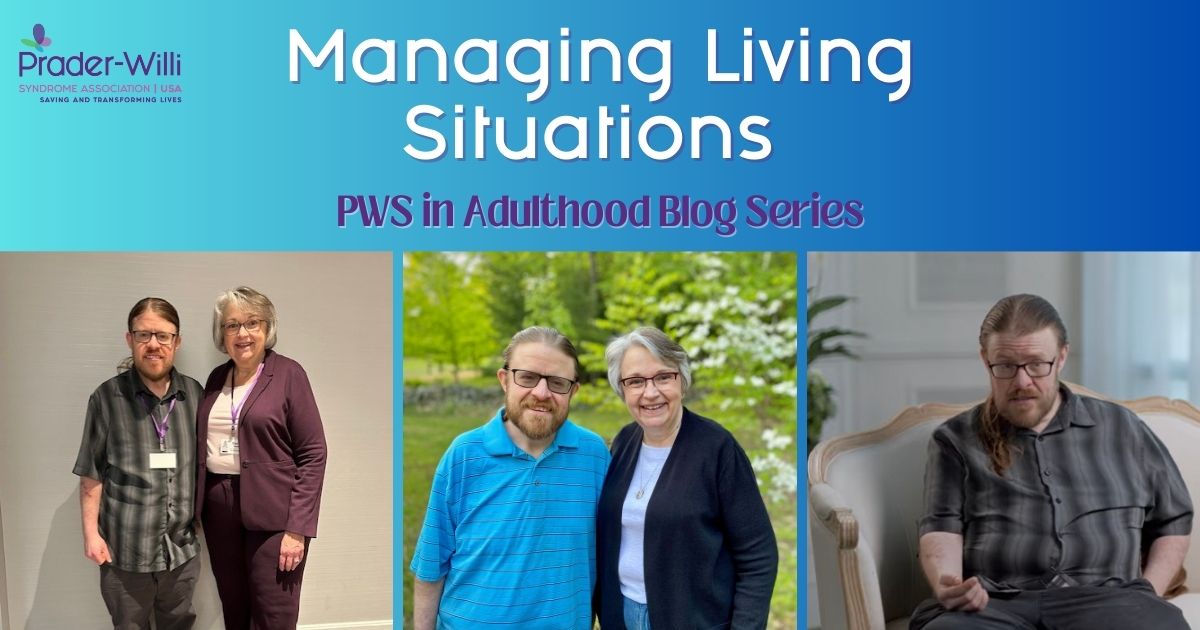
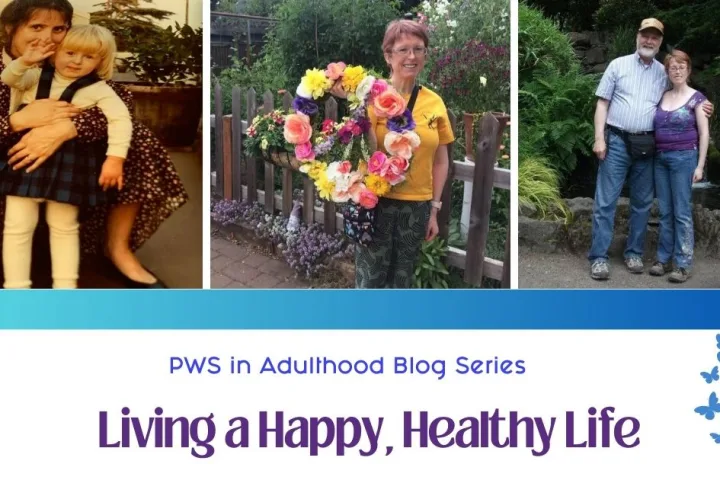
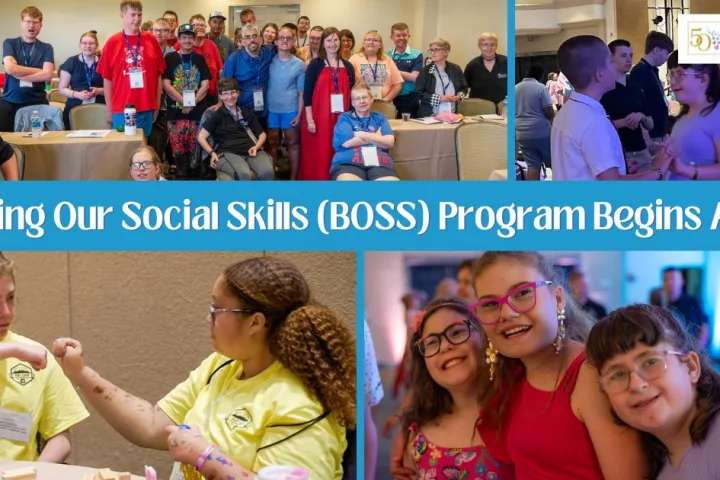
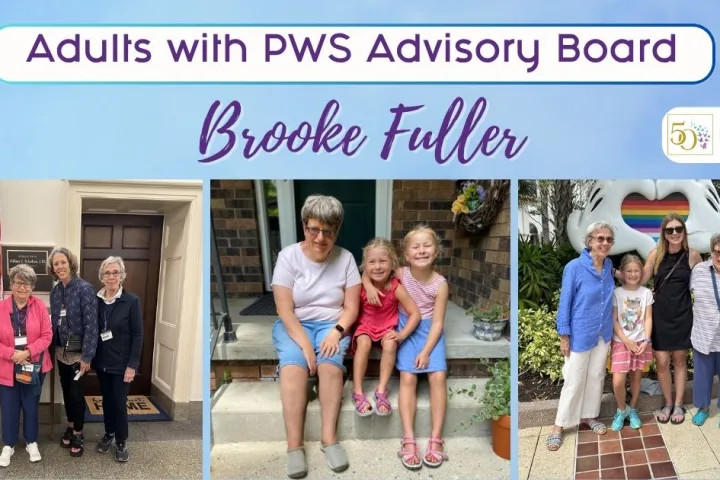
 Perry A. Zirkel has written more than 1,500 publications on various aspects of school law, with an emphasis on legal issues in special education. He writes a regular column for NAESP’s Principal magazine and NASP’s Communiqué newsletter, and he did so previously for Phi Delta Kappan and Teaching Exceptional Children.
Perry A. Zirkel has written more than 1,500 publications on various aspects of school law, with an emphasis on legal issues in special education. He writes a regular column for NAESP’s Principal magazine and NASP’s Communiqué newsletter, and he did so previously for Phi Delta Kappan and Teaching Exceptional Children.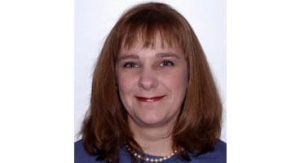 Jennifer Bolander has been serving as a Special Education Specialist for PWSA (USA) since October of 2015. She is a graduate of John Carroll University and lives in Ohio with her husband Brad and daughters Kate (17), and Sophia (13) who was born with PWS.
Jennifer Bolander has been serving as a Special Education Specialist for PWSA (USA) since October of 2015. She is a graduate of John Carroll University and lives in Ohio with her husband Brad and daughters Kate (17), and Sophia (13) who was born with PWS.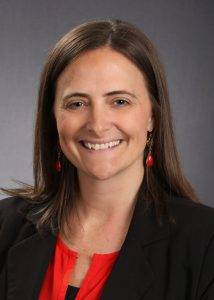 Dr. Amy McTighe is the PWS Program Manager and Inpatient Teacher at the Center for Prader-Willi Syndrome at the Children’s Institute of Pittsburgh. She graduated from Duquesne University receiving her Bachelor’s and Master’s degree in Education with a focus on elementary education, special education, and language arts.
Dr. Amy McTighe is the PWS Program Manager and Inpatient Teacher at the Center for Prader-Willi Syndrome at the Children’s Institute of Pittsburgh. She graduated from Duquesne University receiving her Bachelor’s and Master’s degree in Education with a focus on elementary education, special education, and language arts.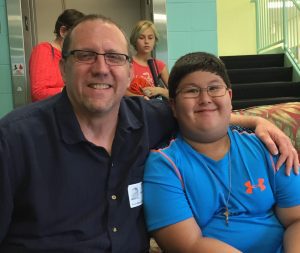 Evan has worked with the Prader-Willi Syndrome Association (USA) since 2007 primarily as a Crisis Intervention and Family Support Counselor. Evans works with parents and schools to foster strong collaborative relationships and appropriate educational environments for students with PWS.
Evan has worked with the Prader-Willi Syndrome Association (USA) since 2007 primarily as a Crisis Intervention and Family Support Counselor. Evans works with parents and schools to foster strong collaborative relationships and appropriate educational environments for students with PWS.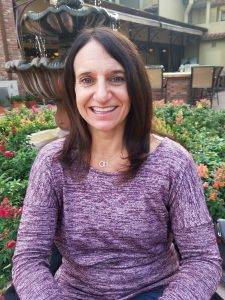 Staci Zimmerman works for Prader-Willi Syndrome Association of Colorado as an Individualized Education Program (IEP) consultant. Staci collaborates with the PWS multi-disciplinary clinic at the Children’s Hospital in Denver supporting families and school districts around the United States with their child’s Individual Educational Plan.
Staci Zimmerman works for Prader-Willi Syndrome Association of Colorado as an Individualized Education Program (IEP) consultant. Staci collaborates with the PWS multi-disciplinary clinic at the Children’s Hospital in Denver supporting families and school districts around the United States with their child’s Individual Educational Plan.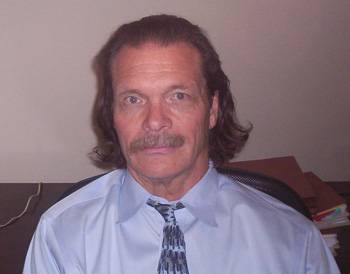 Founded in 2001, SDLC is a non-profit legal services organization dedicated to protecting and advancing the legal rights of people with disabilities throughout the South. It partners with the Southern Poverty Law Center, Protection and Advocacy (P&A) programs, Legal Services Corporations (LSC) and disability organizations on major, systemic disability rights issues involving the Individuals with Disabilities Education Act (IDEA), Americans with Disabilities Act (ADA), and the federal Medicaid Act. Recently in November 2014, Jim retired.
Founded in 2001, SDLC is a non-profit legal services organization dedicated to protecting and advancing the legal rights of people with disabilities throughout the South. It partners with the Southern Poverty Law Center, Protection and Advocacy (P&A) programs, Legal Services Corporations (LSC) and disability organizations on major, systemic disability rights issues involving the Individuals with Disabilities Education Act (IDEA), Americans with Disabilities Act (ADA), and the federal Medicaid Act. Recently in November 2014, Jim retired.